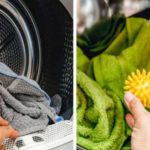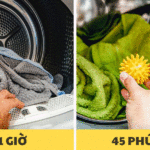Electrical outlets are essential in every home, providing power for various appliances. However, electrical safety is always a concern, and it’s important to be cautious. This article aims to highlight common mistakes people make when using electrical outlets to help you stay safe. Let’s get started!
1 Daisy-chaining Power Strips
When facing a shortage of outlets or insufficient cord length, people often plug power strips into each other. However, this practice reduces the lifespan of the power strips and is unsafe, as it can lead to fire hazards.
 Daisy-chaining Power Strips
Daisy-chaining Power Strips
2 Overloading Outlets with High-Wattage Appliances
It’s important to know that each outlet has a maximum wattage it can handle. Overloading an outlet with high-wattage appliances can lead to overload, melting, and even fire hazards. Always calculate the total wattage of connected devices to ensure safe usage.
 Overloading Outlets with High-Wattage Appliances
Overloading Outlets with High-Wattage Appliances
3 Using Damaged Outlets
If you notice burn marks on an outlet’s plug, it’s a sign that the outlet or the cord is damaged. Continuing to use such outlets is unsafe and can lead to electrical shocks or fires. Dispose of damaged outlets and replace them with new ones.
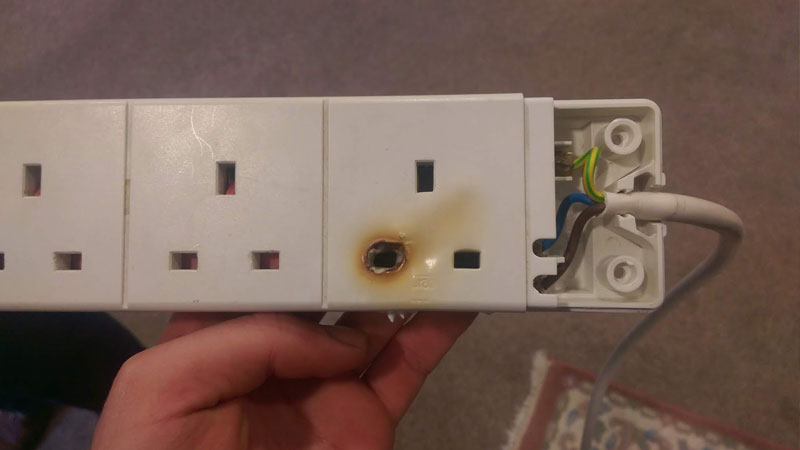 Using Damaged Outlets
Using Damaged Outlets
4 Outdoor Use of Regular Outlets
Regular outlets are not designed for outdoor use and should be primarily used indoors. Instead, opt for weather-resistant outlets that can withstand water and harsh weather conditions like sun and rain.
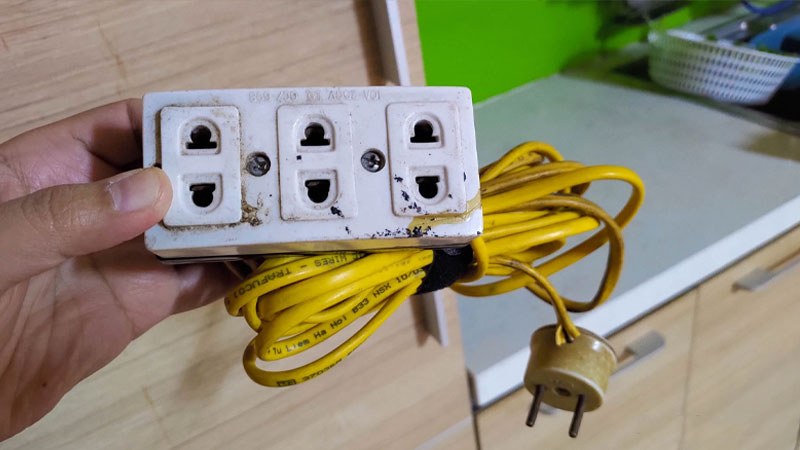 Outdoor Use of Regular Outlets
Outdoor Use of Regular Outlets
5 Placing Outlets Within Children’s Reach
It’s crucial to educate children about the dangers of electricity and keep them away from outlets. Arrange outlets out of children’s reach or use plastic covers to block the sockets, ensuring their safety.
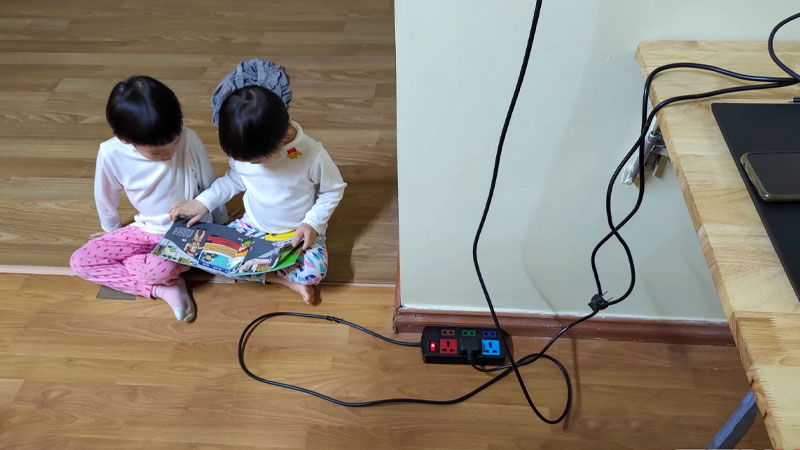 Placing Outlets Within Children’s Reach
Placing Outlets Within Children’s Reach
6 Concealing Power Cords
Power cords generate heat during use, and it’s important to keep them in well-ventilated spaces. Placing cords in tight spaces or covering them with rugs or blankets can trap heat and lead to fire hazards.
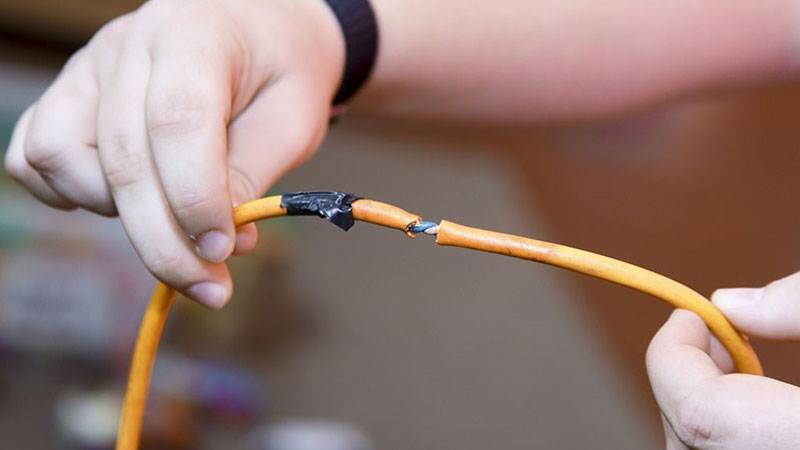 Concealing Power Cords
Concealing Power Cords
7 Plugging Multiple Beauty Appliances into One Outlet
Hair dryers, curling irons, and straighteners generate significant heat and consume a lot of power. Regular outlets may not be designed to handle such appliances, so it’s best to use GFCI-protected in-wall outlets for safety.
 Plugging Multiple Beauty Appliances into One Outlet
Plugging Multiple Beauty Appliances into One Outlet
8 Using Wet Outlets
Water and electricity don’t mix, and using wet outlets can lead to electrical shocks and endanger your life. Always keep outlets dry and store them in a safe, well-ventilated area.
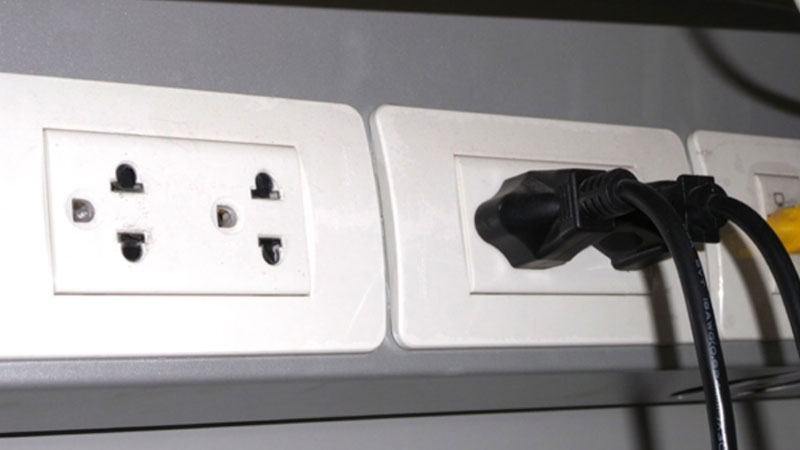 Using Wet Outlets
Using Wet Outlets
These are eight crucial considerations to ensure safe electrical outlet usage. We hope this article helps you avoid electrical hazards and stay safe!

























